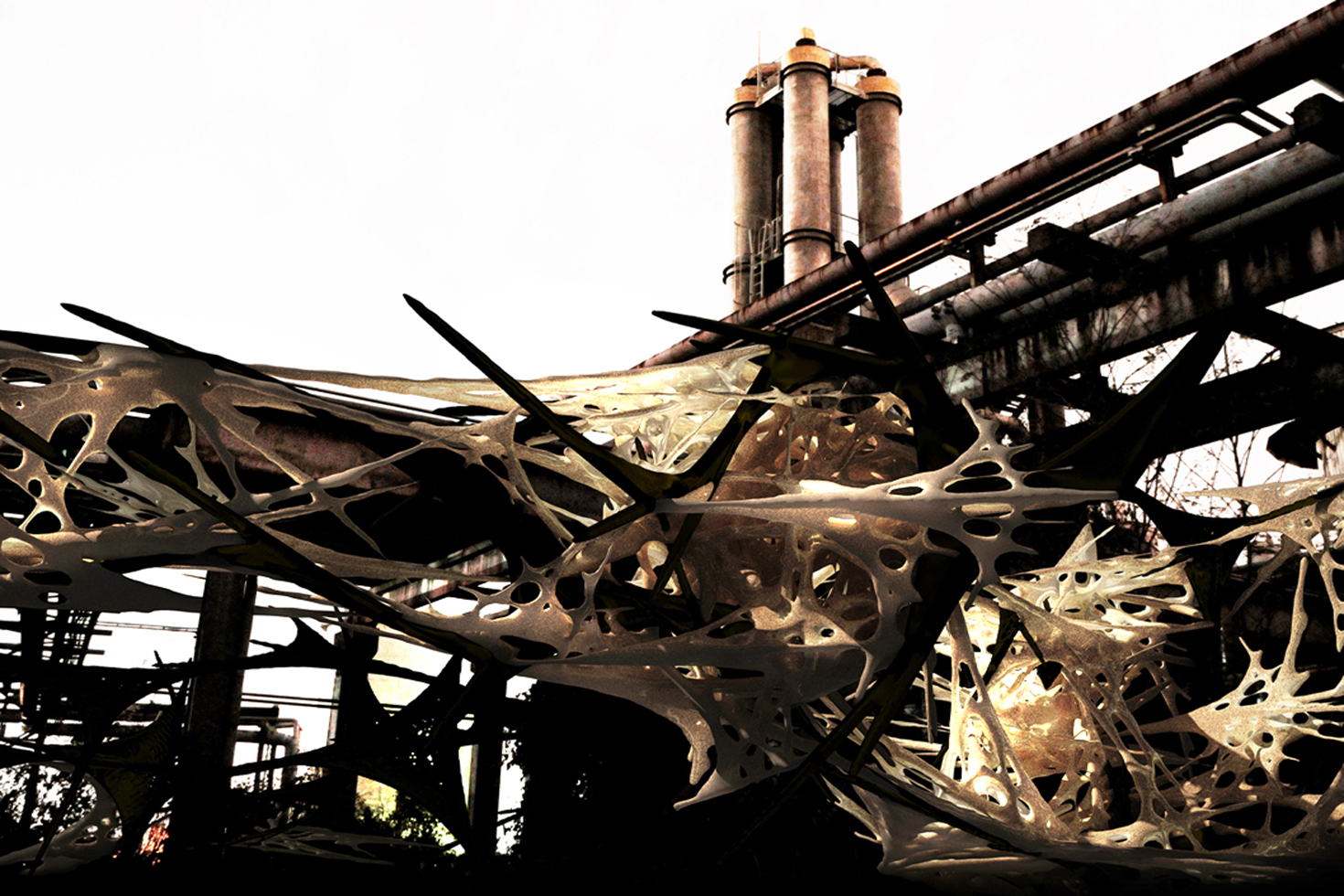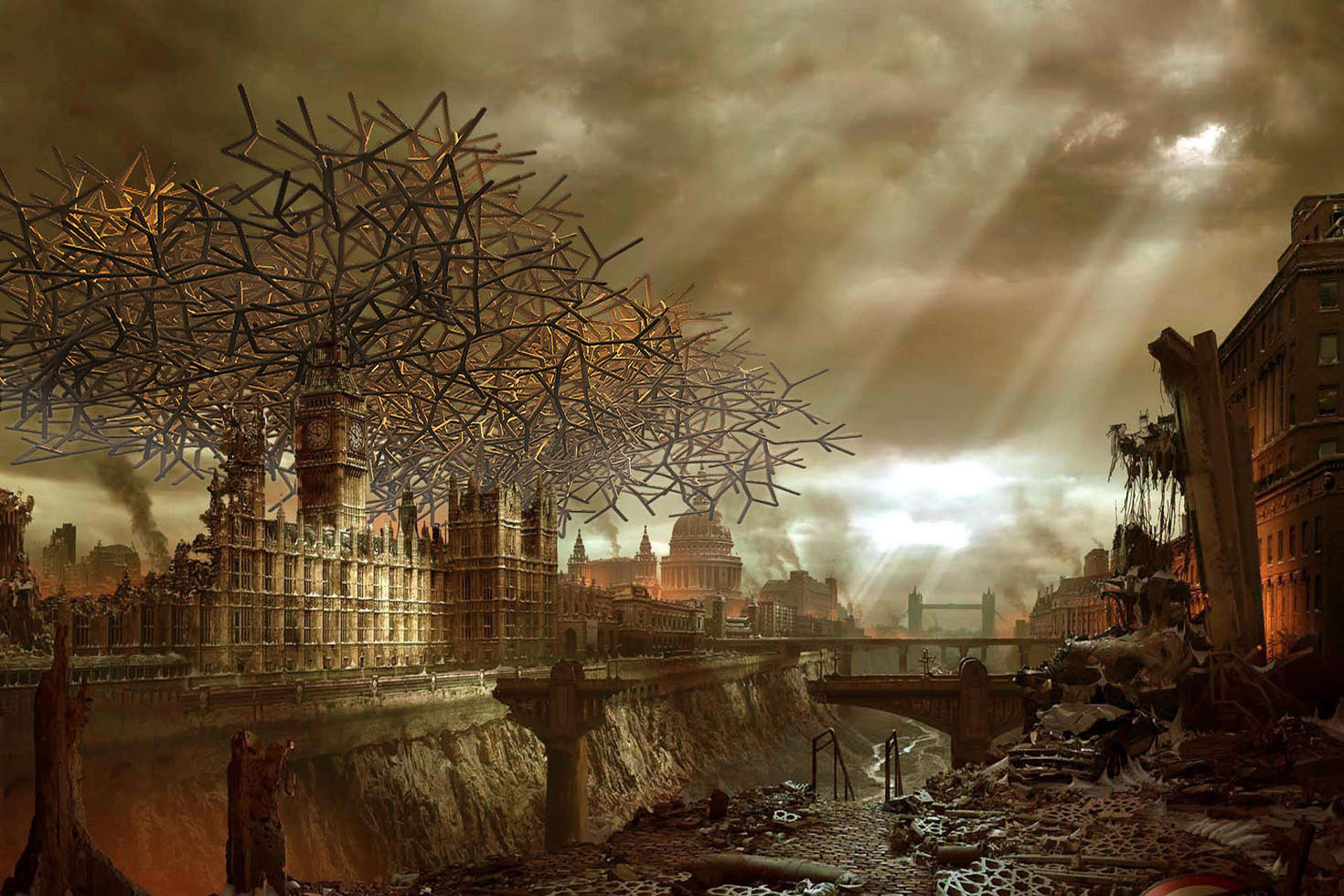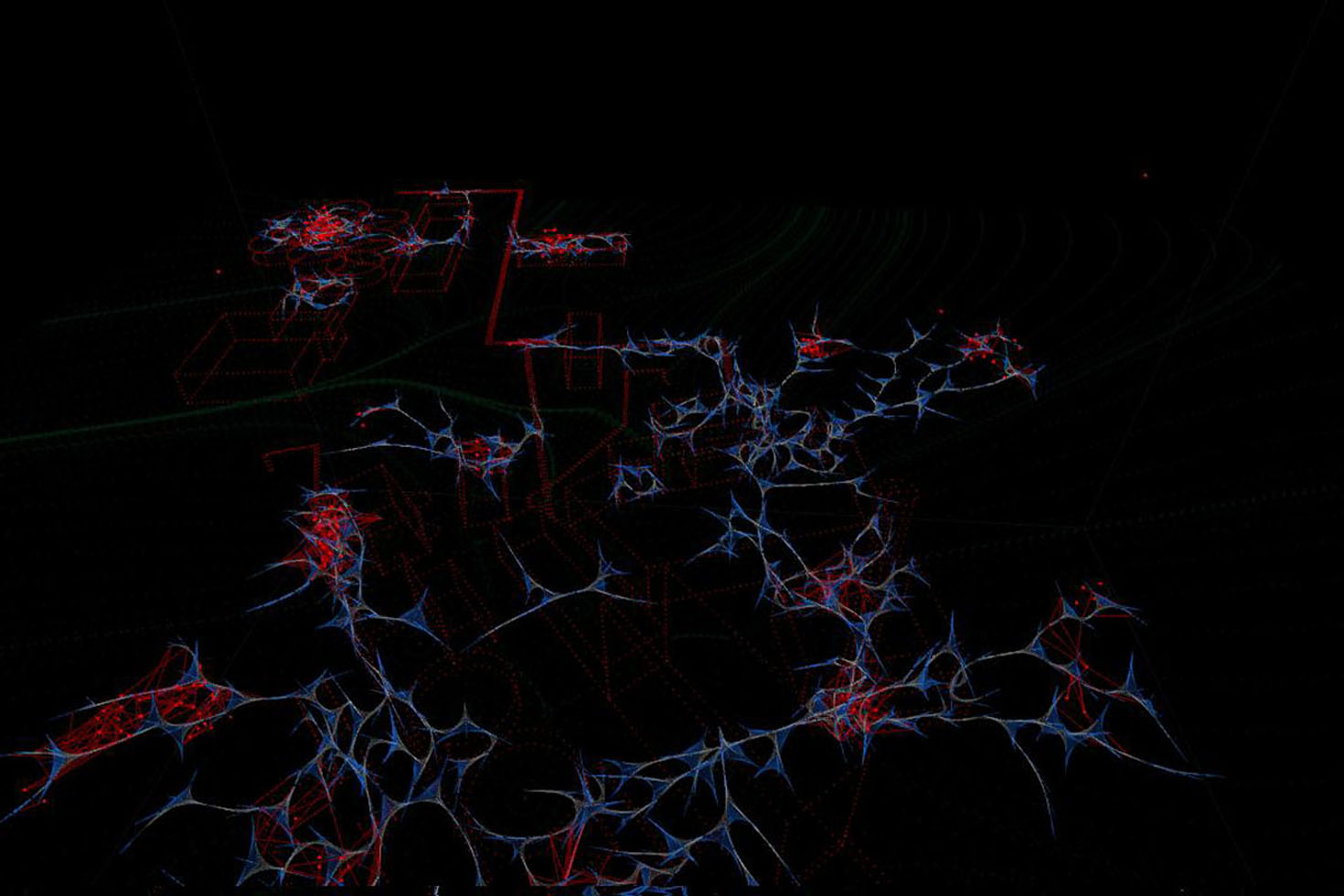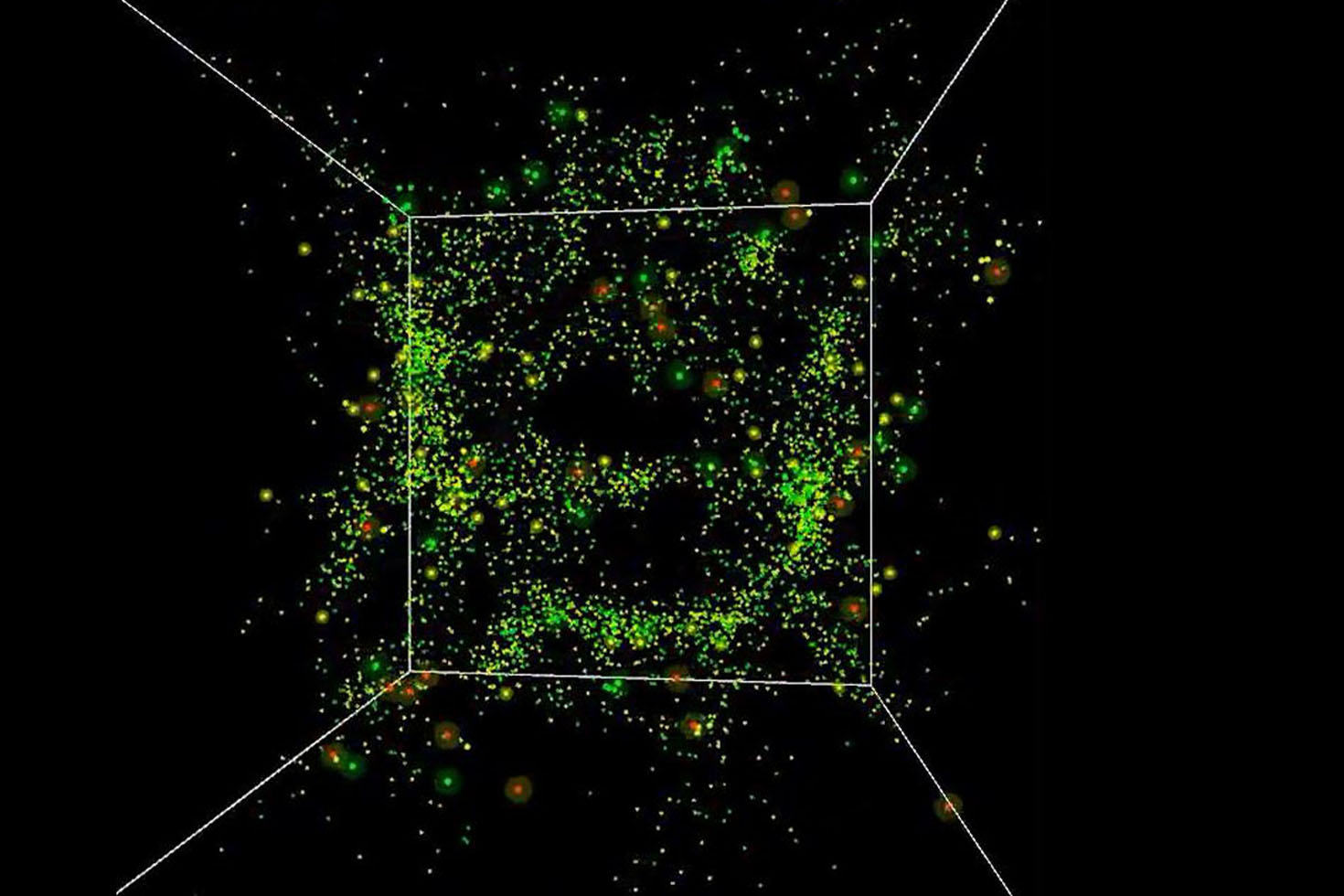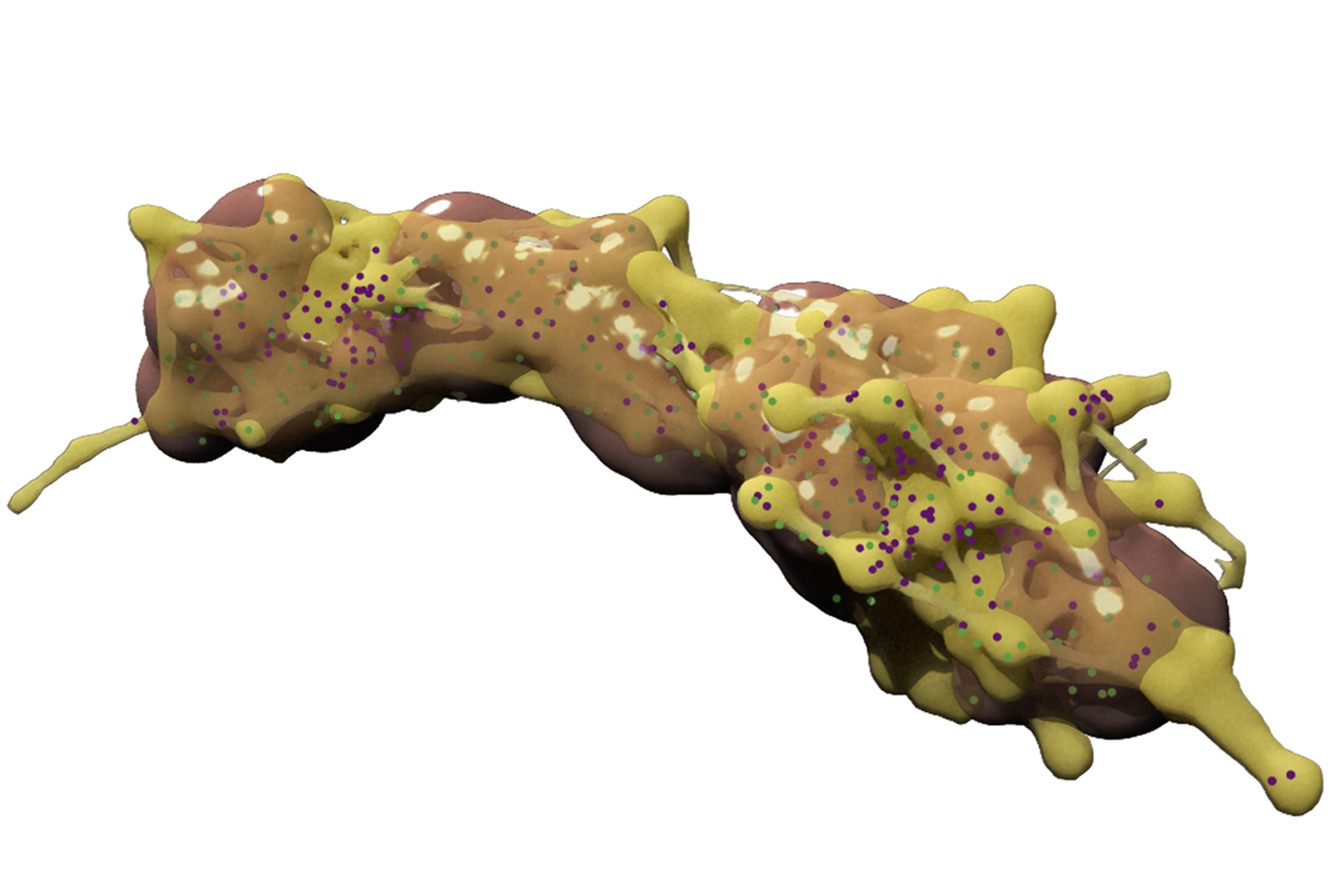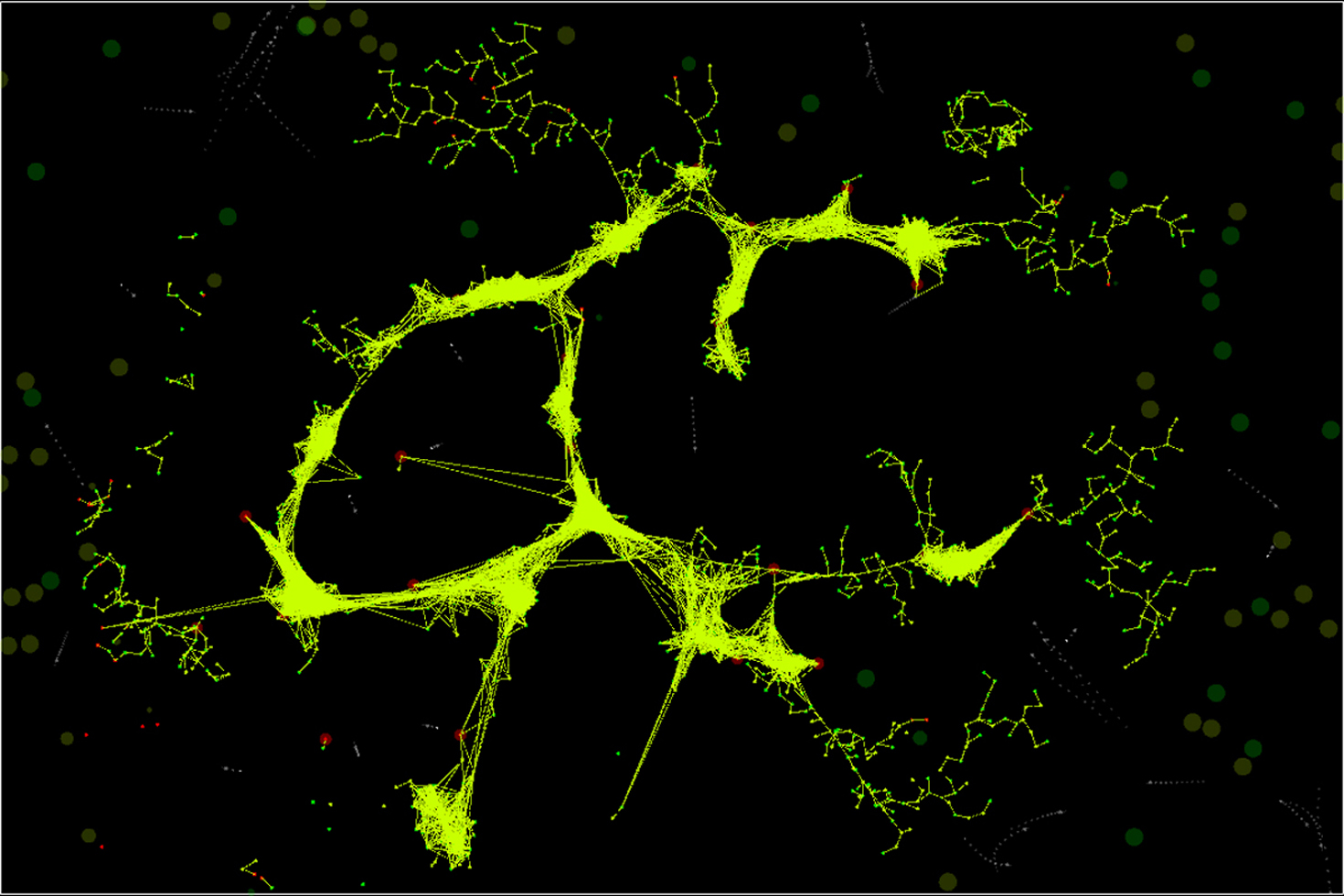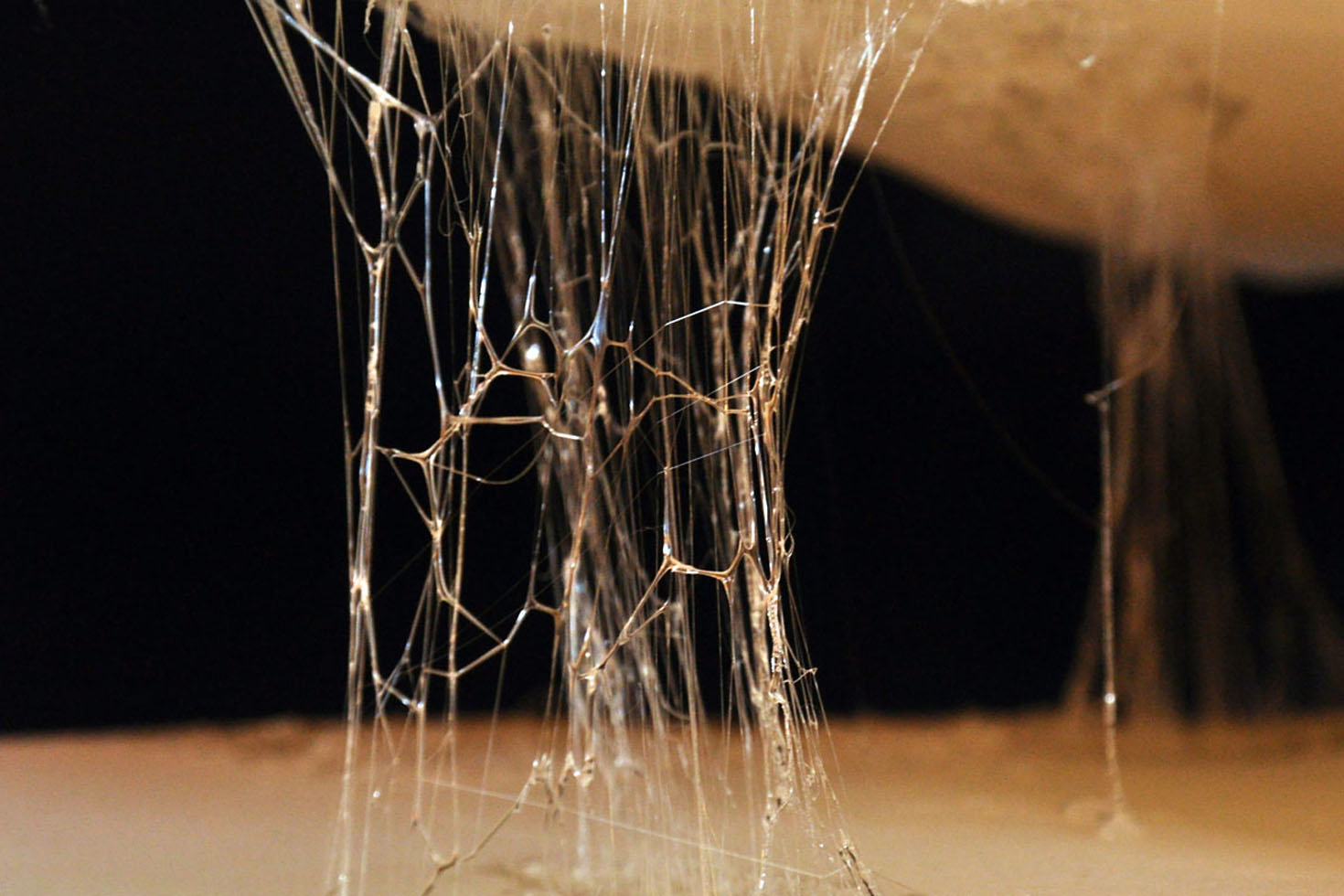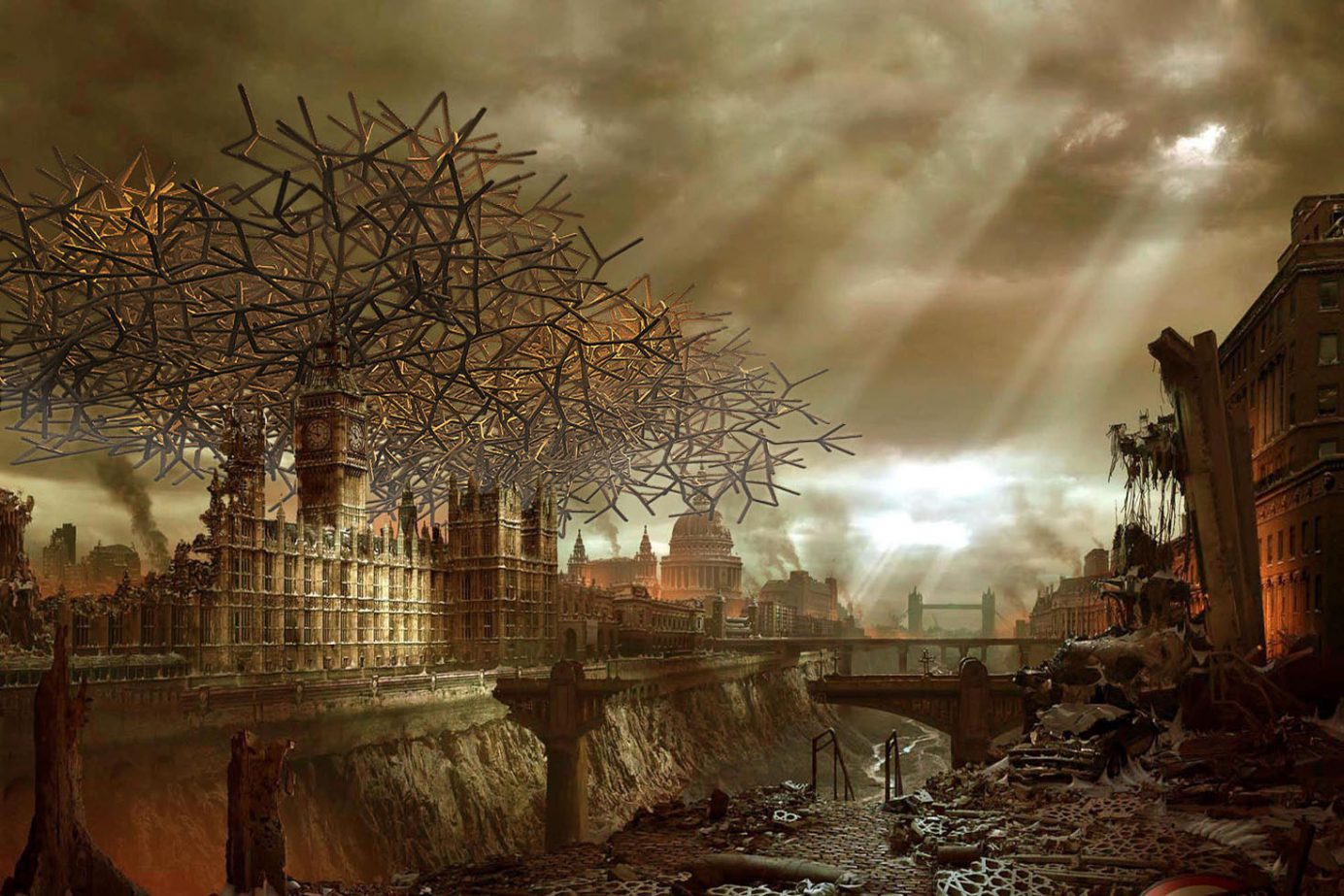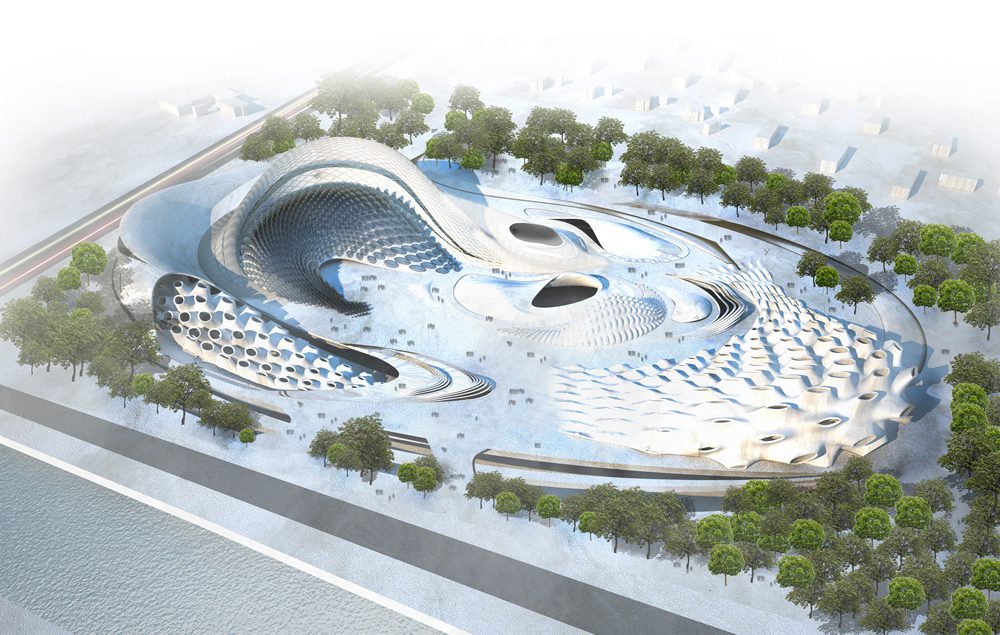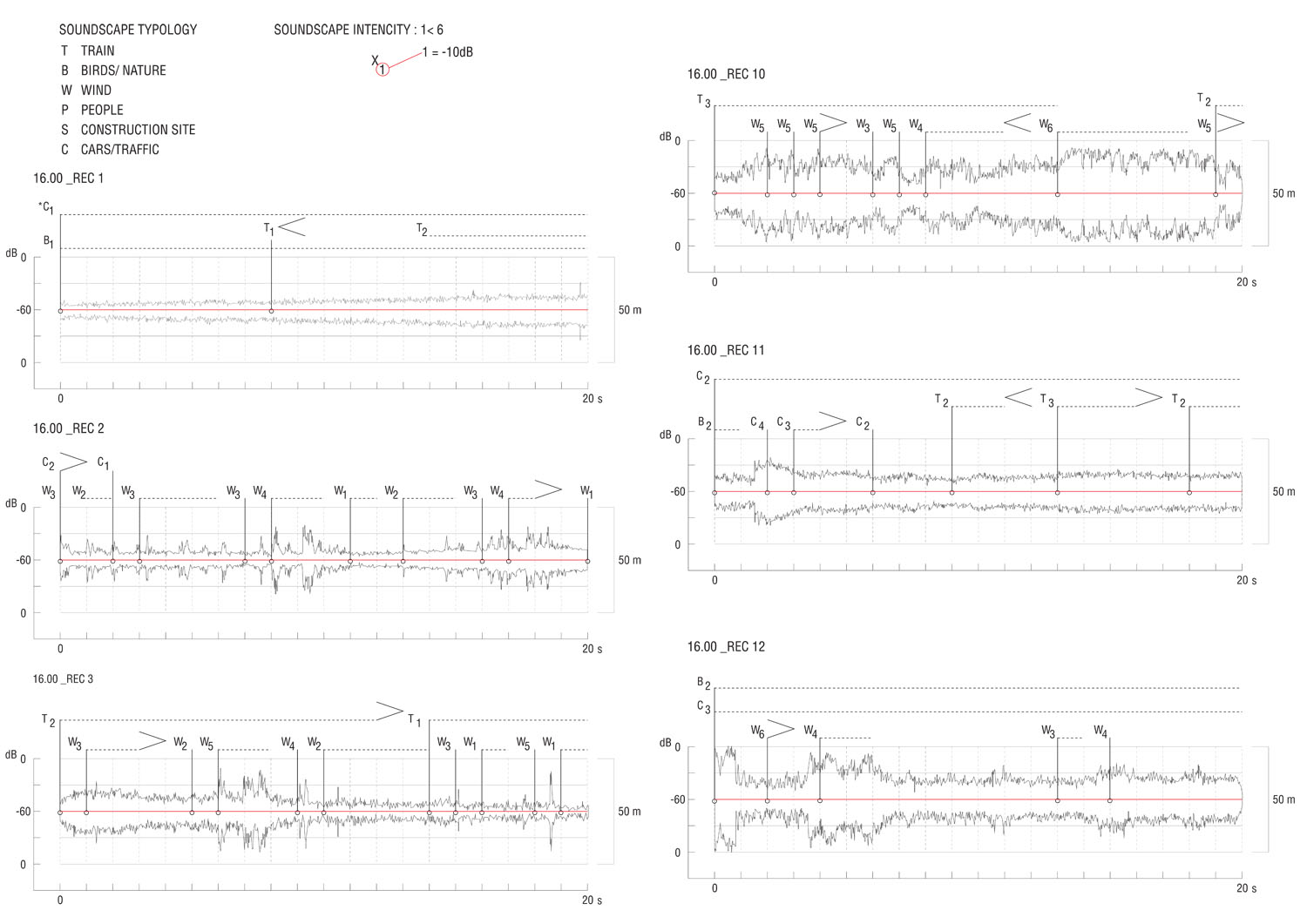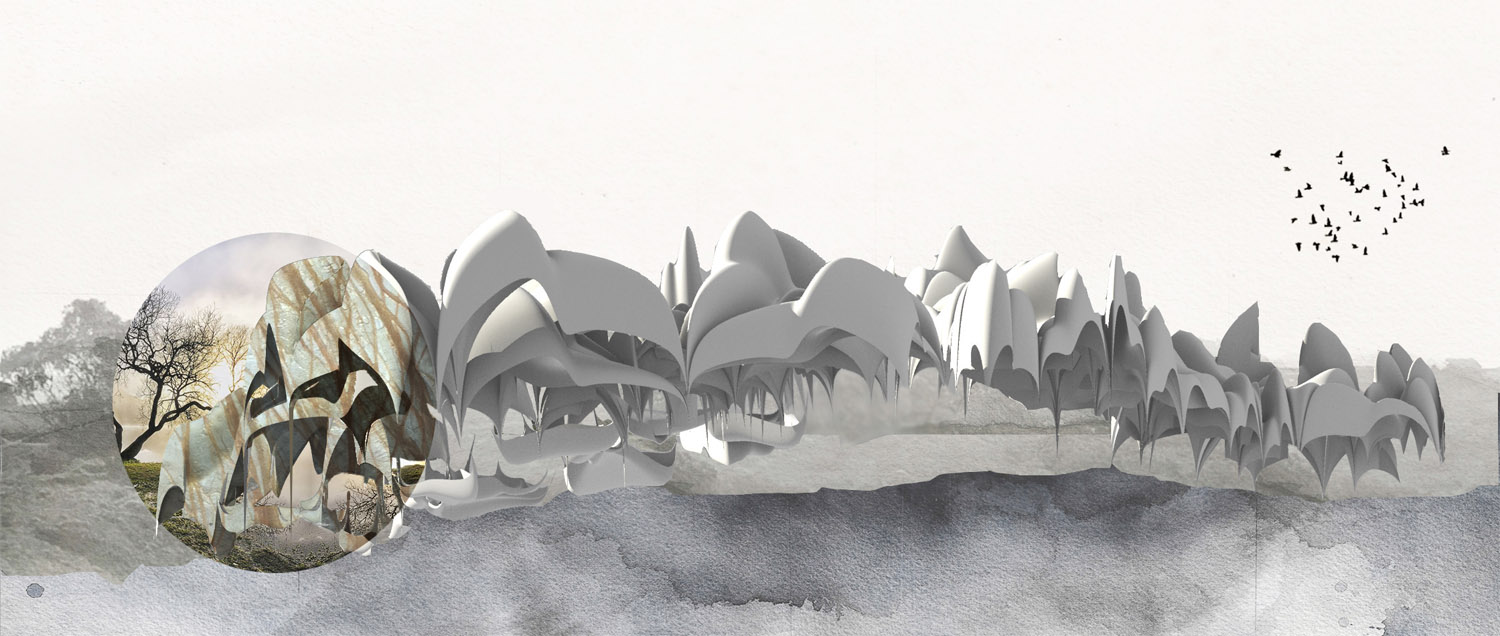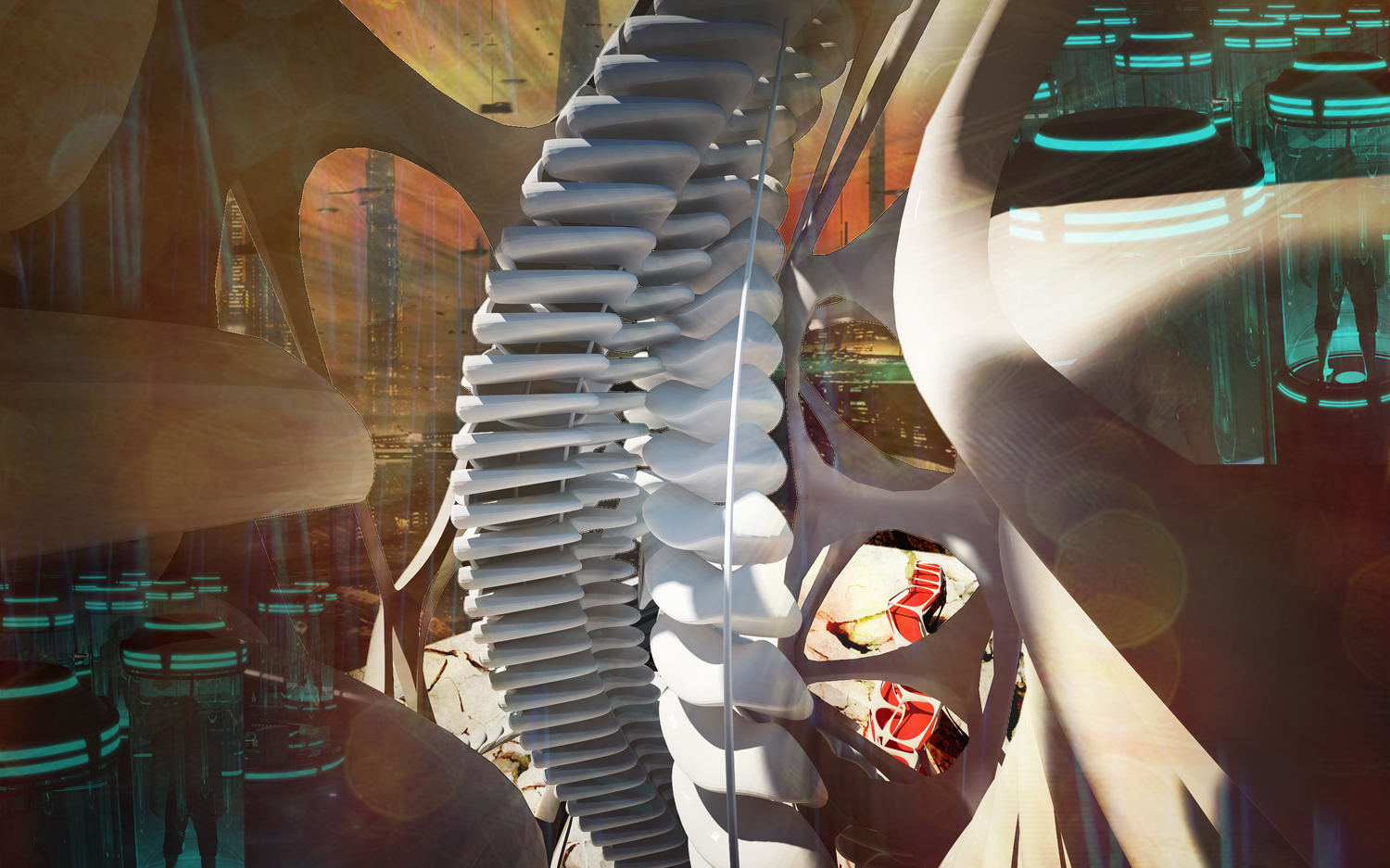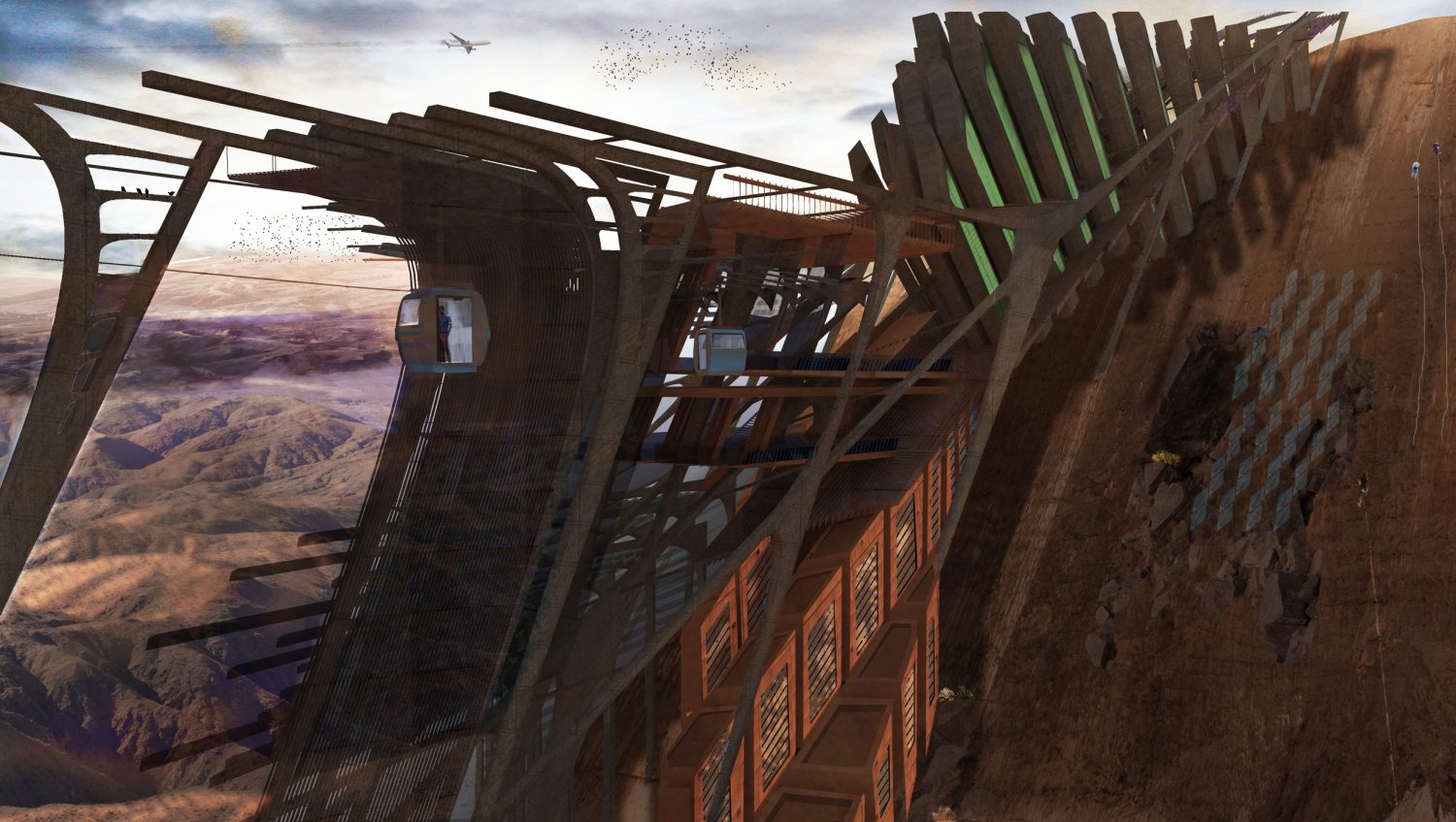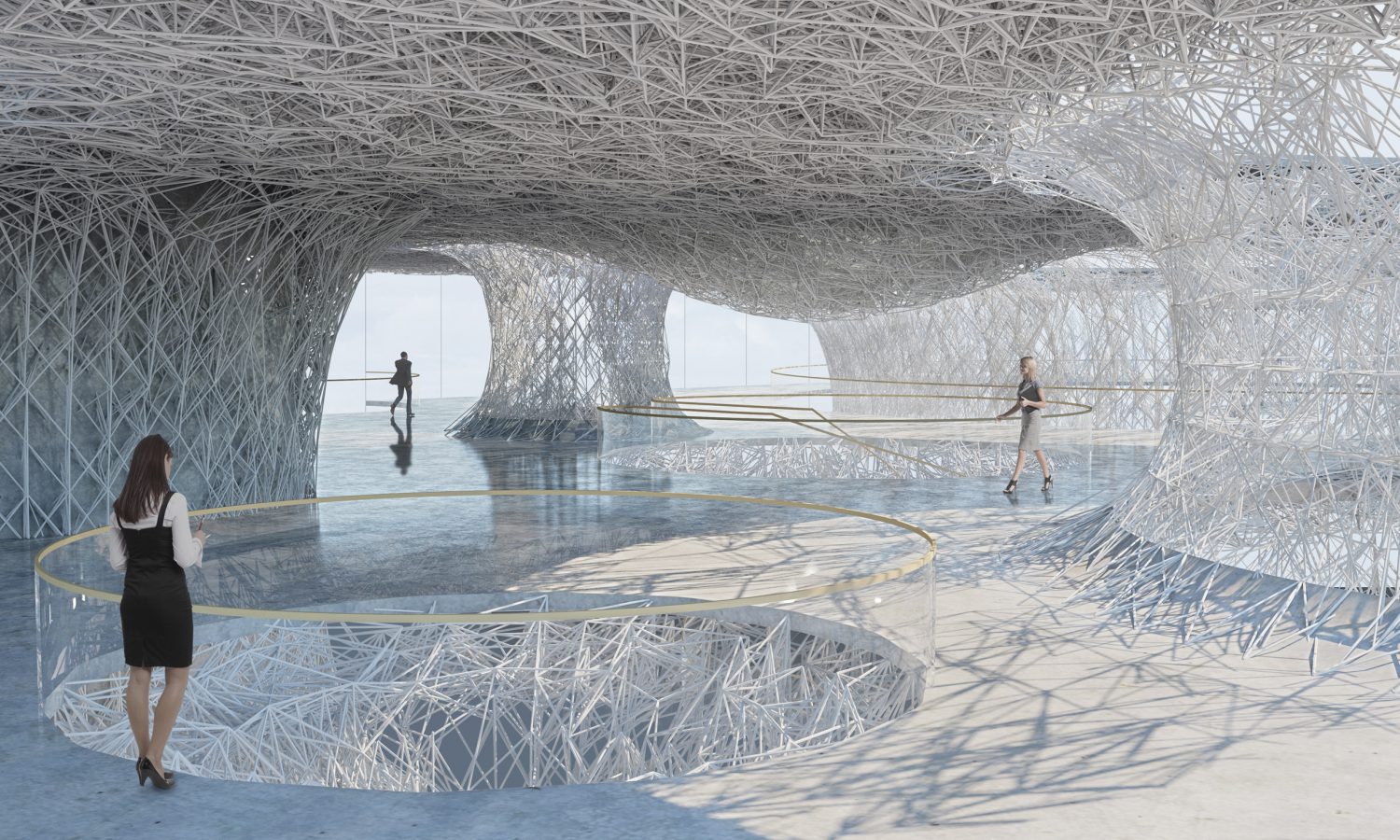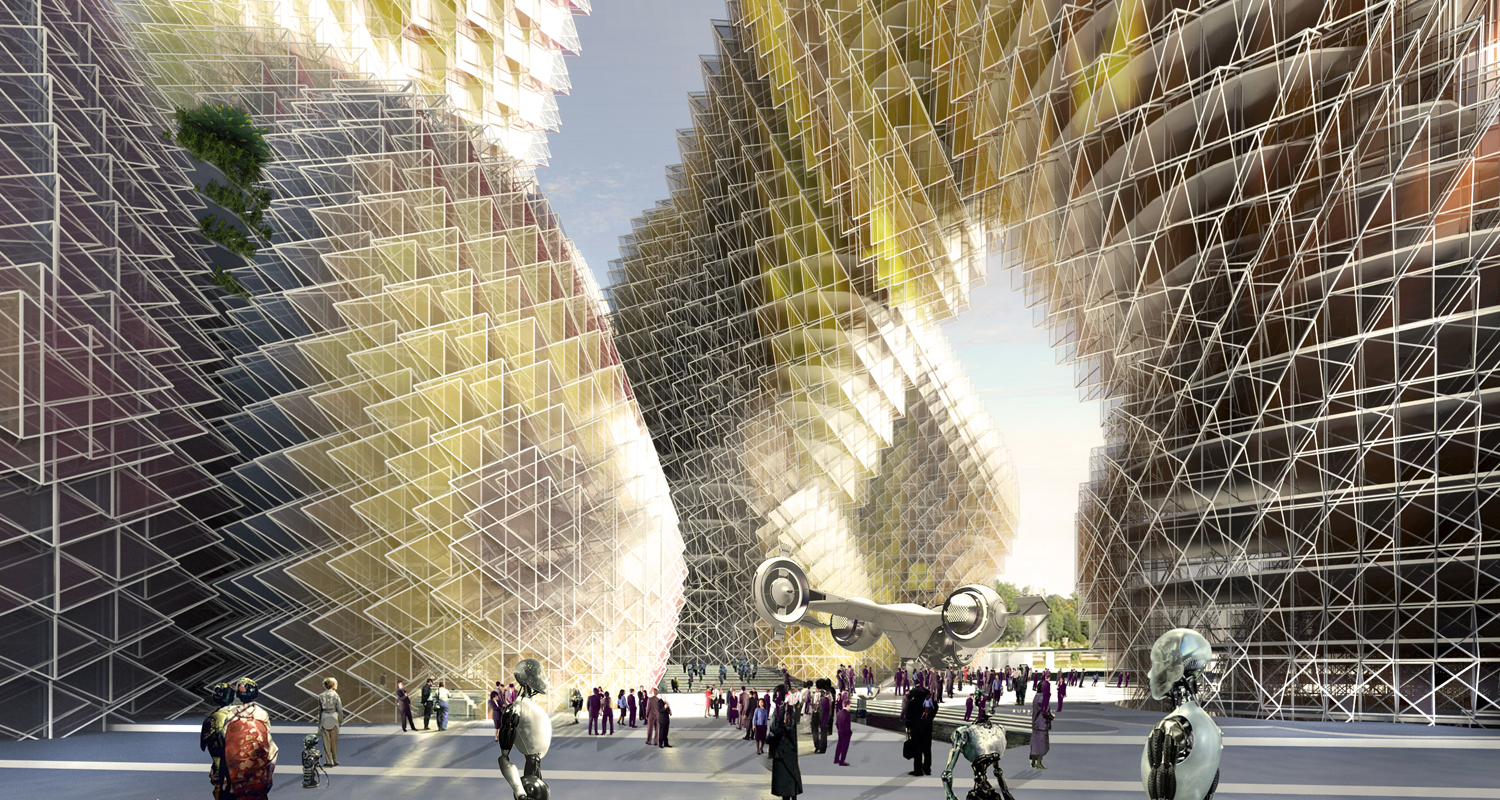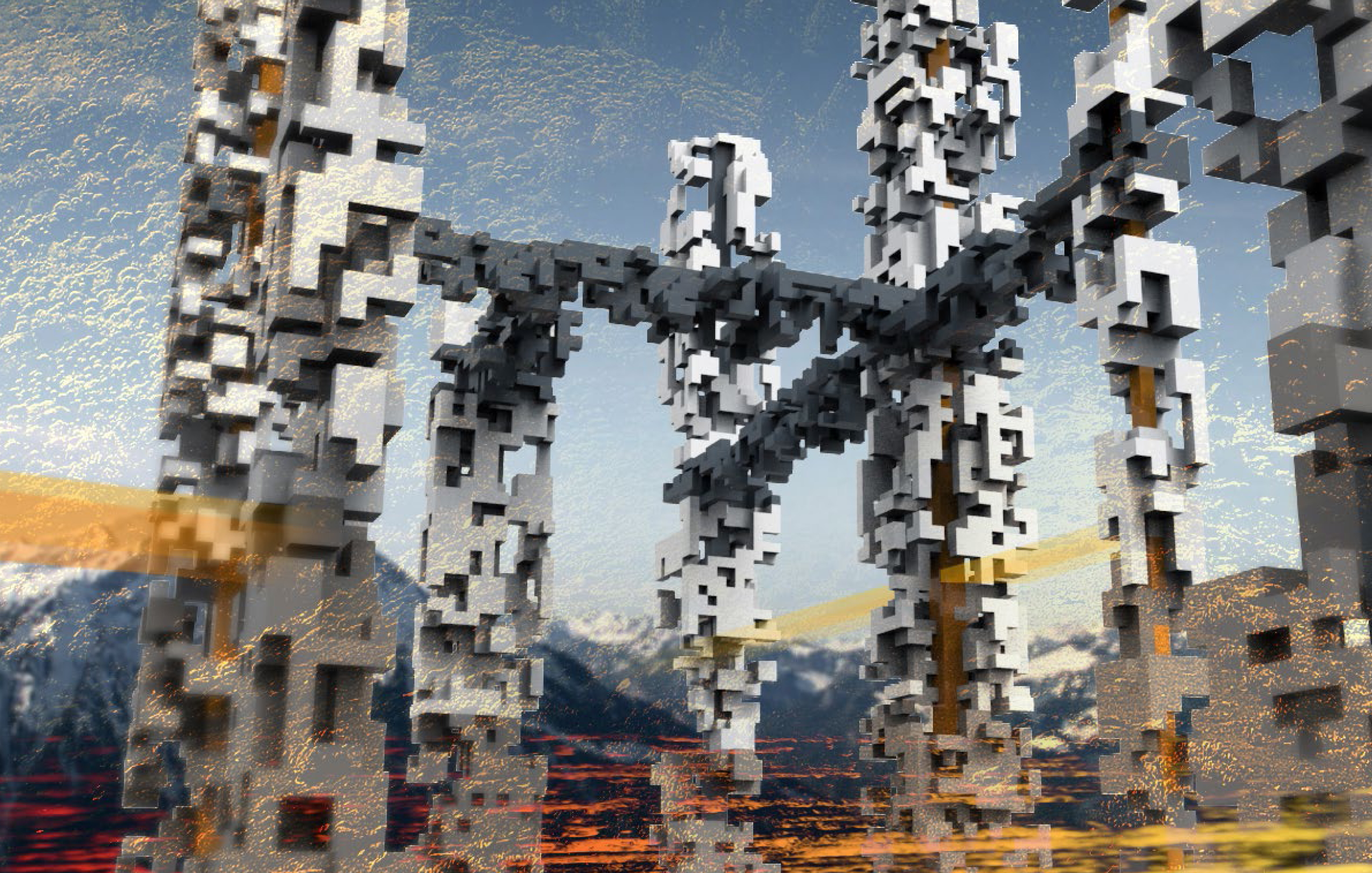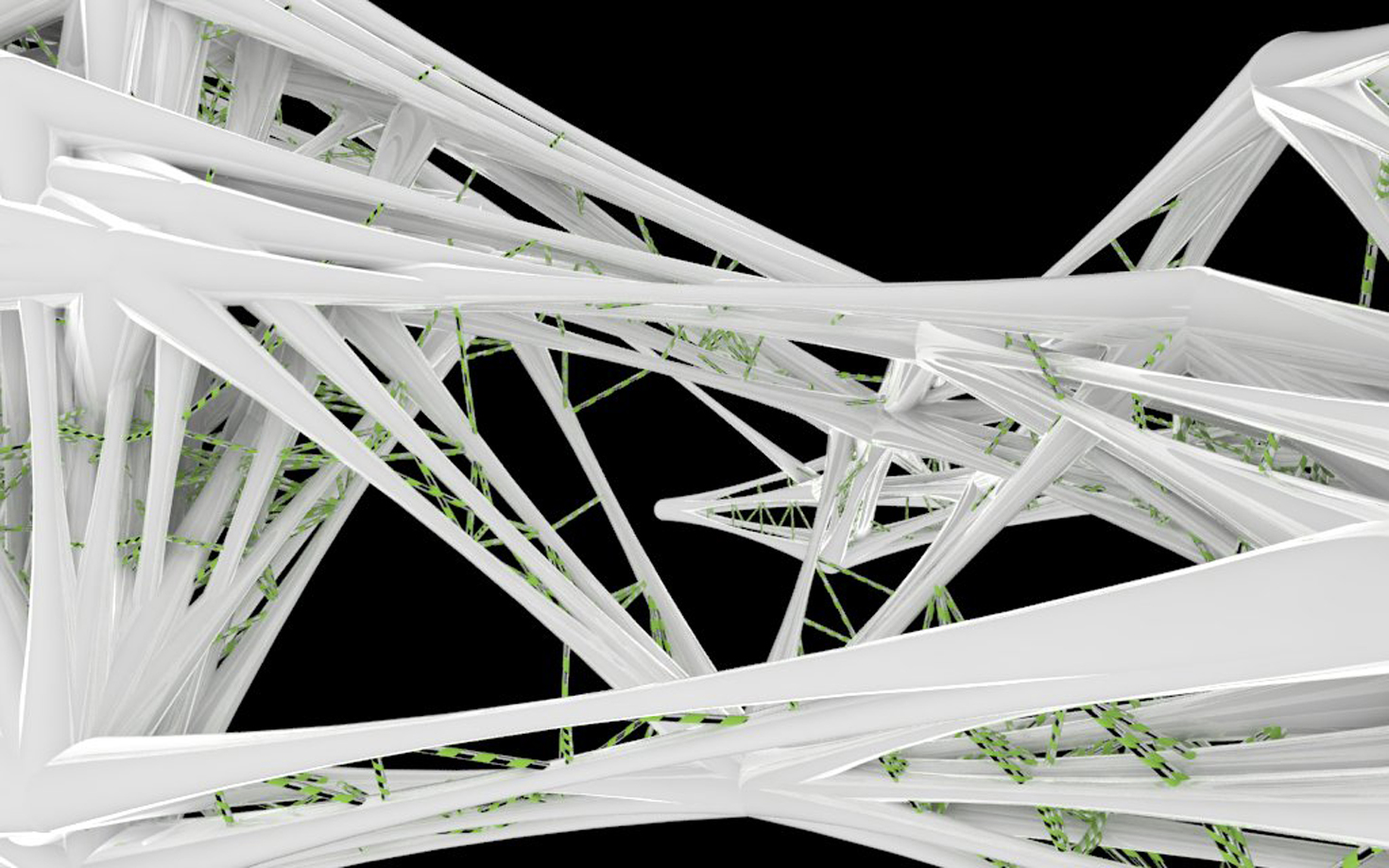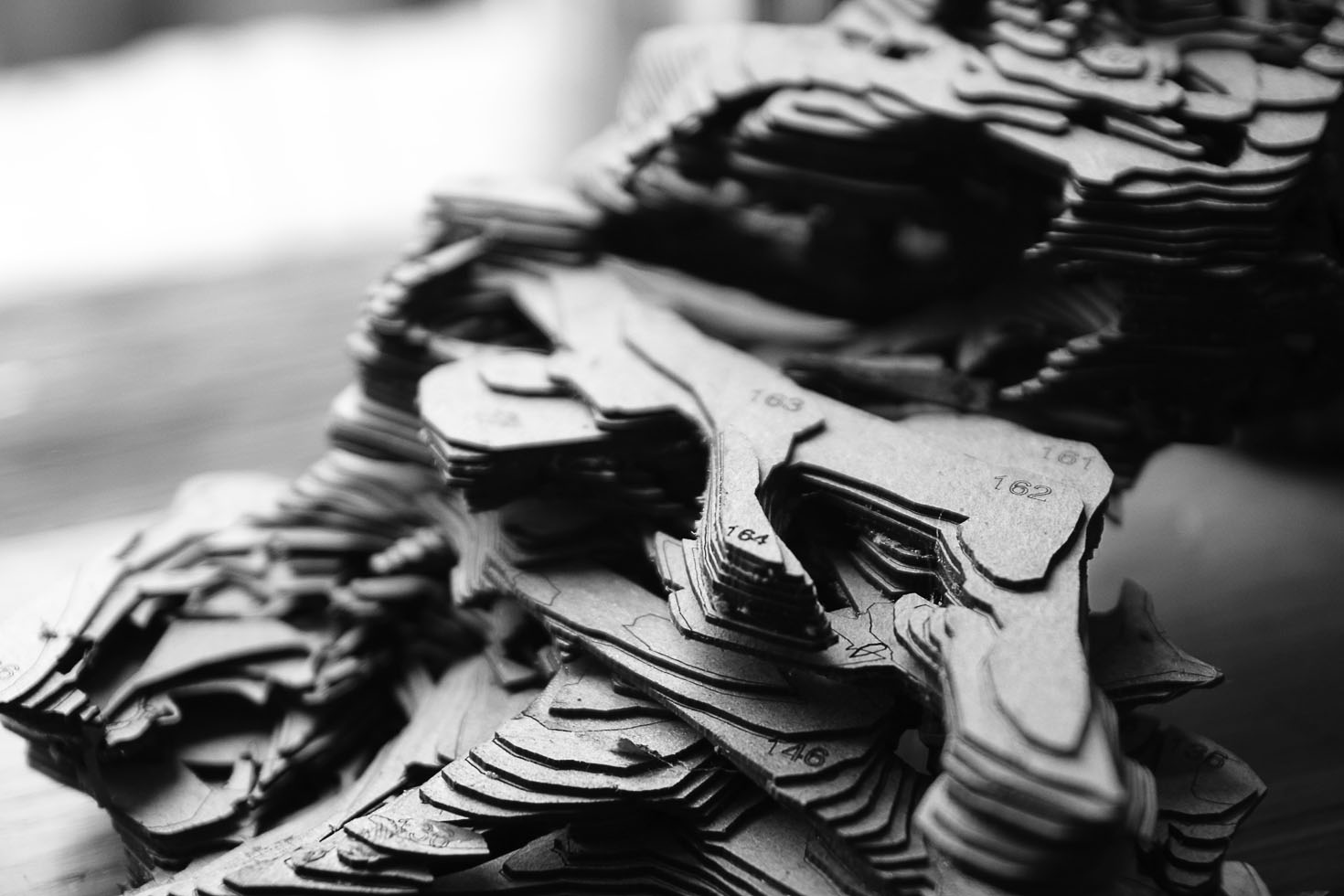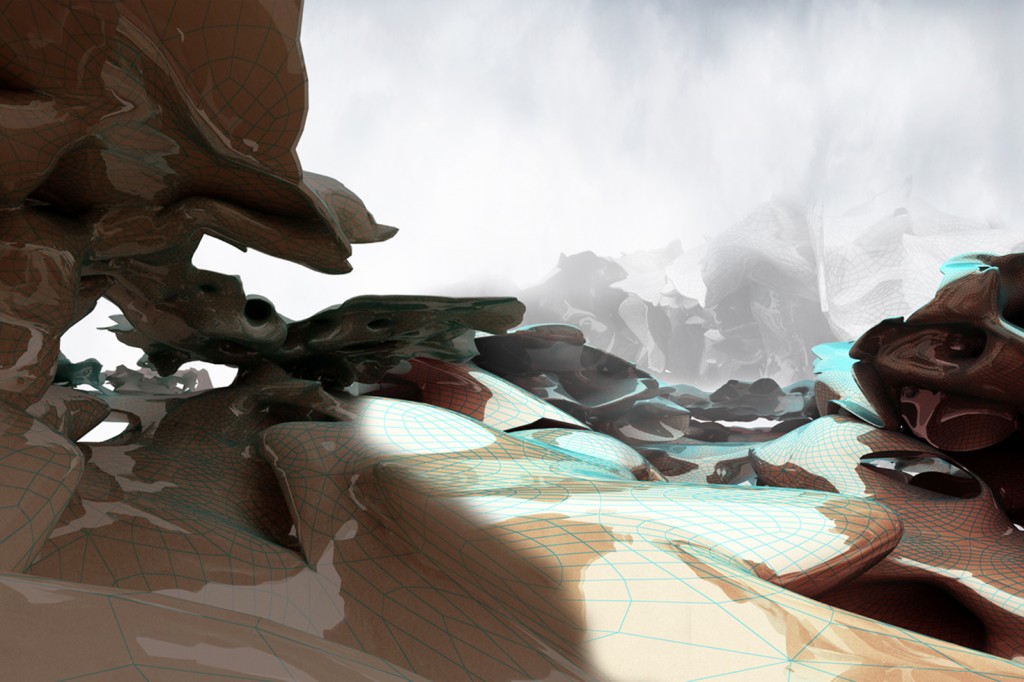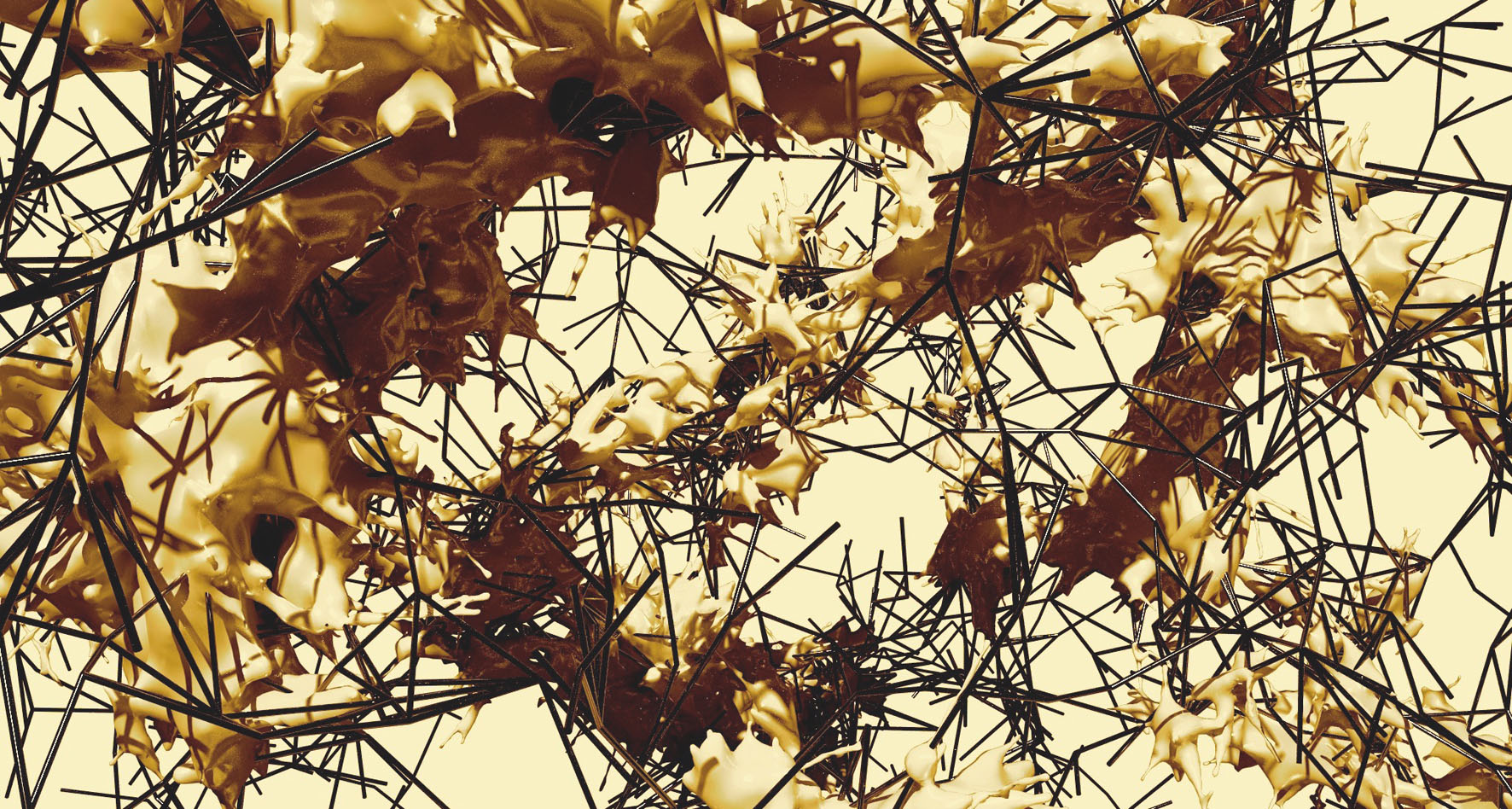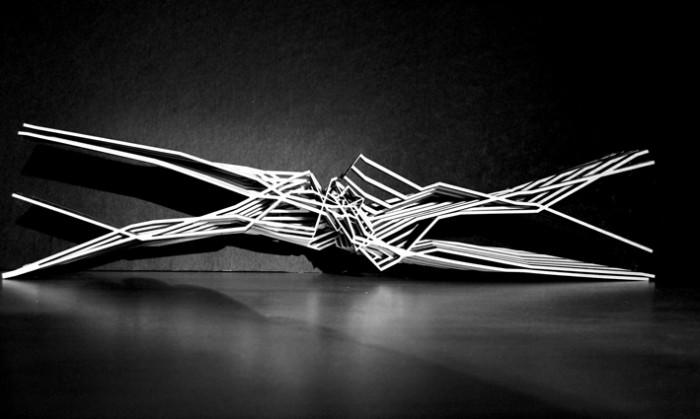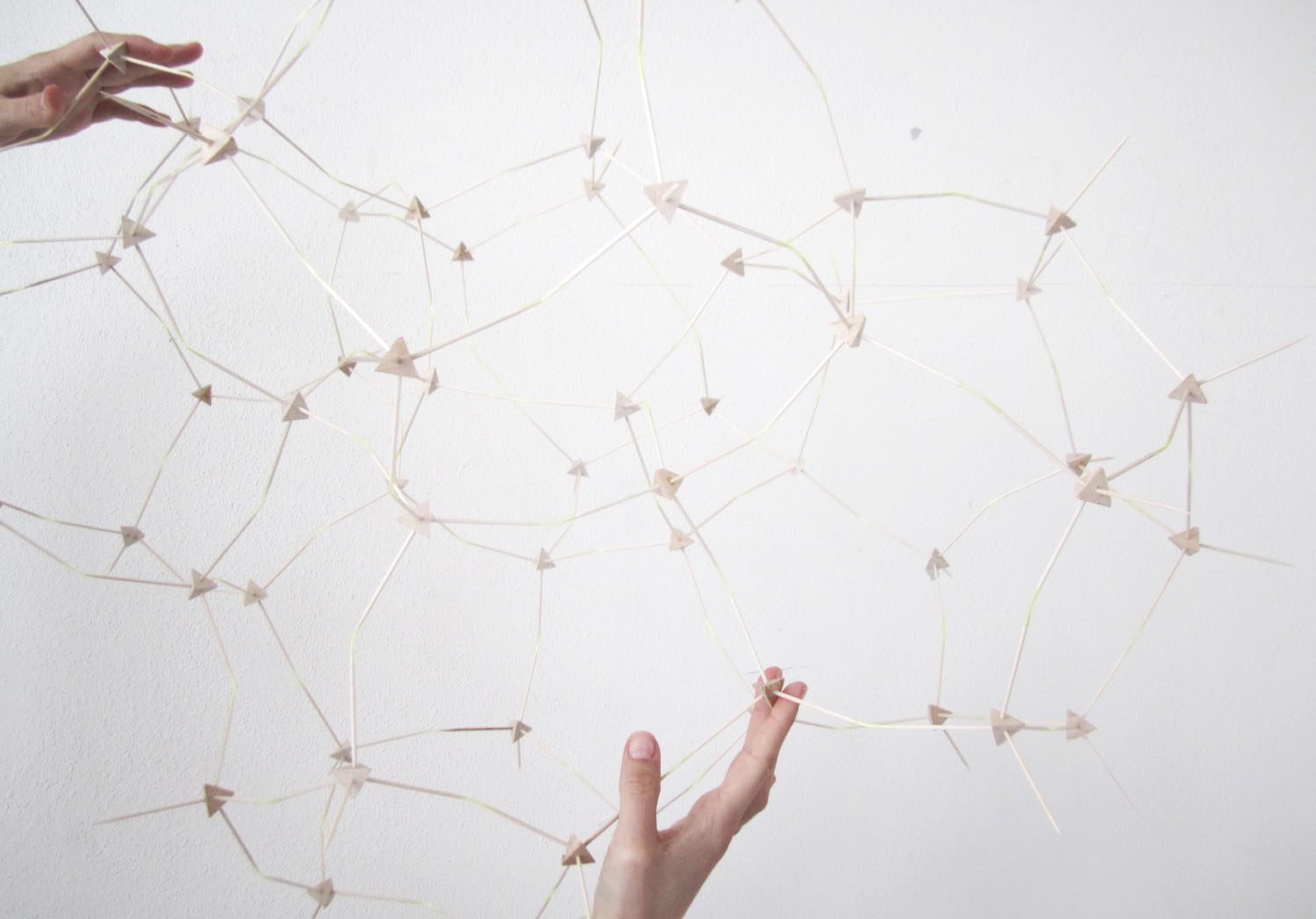Location: DIA – Dessau Institute of Architecture – Germany
TOPIC
“Beyond the one-architect-one-machine dialogue, the milieu of adaptable machines must adapt further contacts with the real world. It must receive direct sensory information. It must see, hear, and read, and it must take walks in the garden.” N. Negroponte, 1970
C21 increasingly adopts physics, neuro-sciences, biology; architecture faces a paradigm shift in the 3rd industrial revolution – the age of bio/neuro-tecture and neocybernetics. The studio, in the field of architecture/cybernetics, focuses on the interface architecture / biology / computation, practices design by research and deals with anatomy, operability and permeability of physical/digital realms in the context of historical development. This semester we will explore Adaptive Growth Processes through material behaviour as rule-based organisational systems. Observations on structural and material growth in living and non-living systems are received as design-strategies, translated into analogue and digital models of self-regulating, emerging architectural iterations, underpinned with relevant literature. The Architecture of Growth is the machinery to adapt its genetic code in order to reconstruct. Phase I: short intuitive exercises providing students with basic technical and theoretical understanding of the subject. Starting points are Edwin Abbott, Jules Vernes, Arthur C. Clarke – analysis of agent-based systems. Phase II: developing a model for self-organising and breeding production systems based on the logic of structural and spatial configuration, internal and external forces. Students develop their projects under consideration of future challenges in architecture dealing with the limitation of energy and resources.
The Architecture of Growth is alchemic
The Architecture of Growth overcomes formalism and representation (Form is a Verb and not a Noun)
The Architecture of Growth is a learning scriptscape of code-based behaviour and adaptive flux
MATERIAL / PROJECT
Spder Silk (A. Abdulmawia, X. Zhenhua)
Slime Mold ‘Convergent Ambiguities’ (A. Rossi, L. PanahiKazemi)
GLue ‘Humid Plant’ (C. Fonteboa, K. Manthanachart, P. Sbarra)
Ferrous Fluid, ‘Performing Soundaface’ (E. Farelli, K. Sugawara, P. Surya Abdullah)
Sponge ‘Floating Island’ (S. Bialkowski, Y. Hao Li)
Crystal ‘Alchemic Psychosis’ (M. Taramelli, M. Azarkhin)
BACKGROUND
1540 V. Biringuccio publishes “De la Pirotechnia”,
1st book on metallurgy
1638, Galileo “Two New Sciences”
1839 C. Goodyear invents vulcanized rubber
1873 James Maxwell discovers electro-magnetism
1917 D’Arcy Thompson “On Growth and Form”
1970 M. Minsky, founds MIT AI lab,
starts work with F. Rosenblatt, computer scientist
WWII – 2011:
computer technology transforms from
mechanical via digital to biological computers
